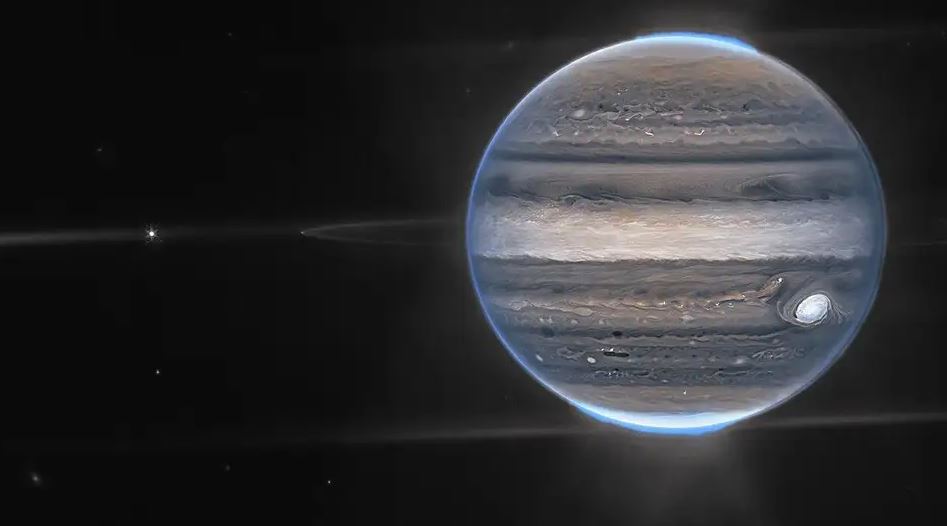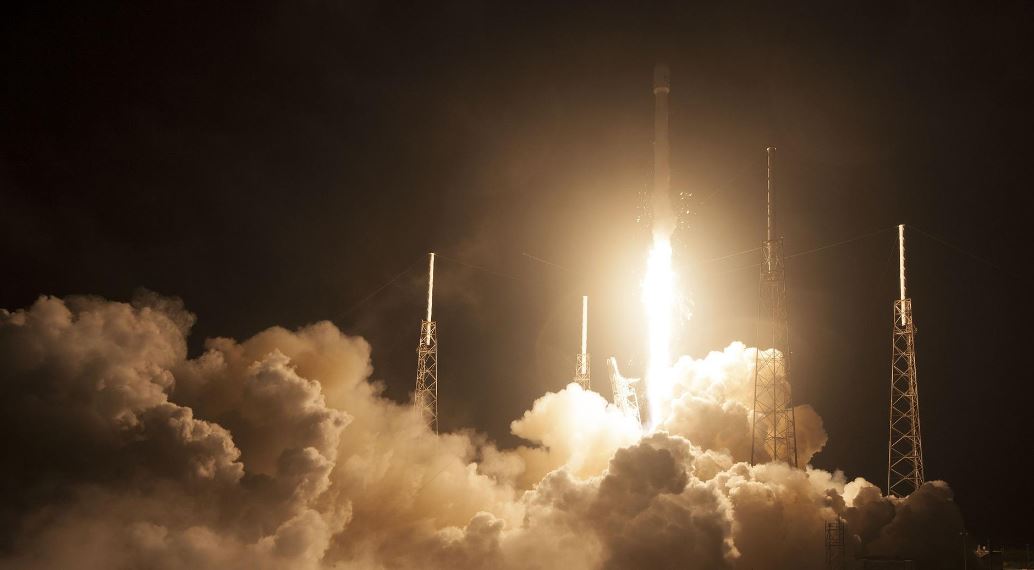The halfway interception booster succeeded! After three years of preparation, Rocket Lab, a small satellite launch company, not only successfully launched 34 satellites in its latest mission on May 2, but also successfully captured the rocket booster that fell back to the surface with a helicopter in mid-air for the first time.
A parachute to recover the first section of Rocket Booster
Influenced by the original concept of founder Peter Baker, the Electron rocket developed by Rocket Lab is quite “mini” in size, only 18 meters in length and 1.2 meters in diameter. The “disposable” small launch vehicle to low-Earth orbit is also the second largest rocket launch service provider in the United States (the first is the well-known SpaceX).
Because the Electron rocket was too small to carry enough fuel for a return landing operation, the first stage of the rocket’s booster fell back to Earth and was destroyed after each flight separation.
However, as rocket recycling became the mainstream of the market, Rocket Lab finally compromised with the original ideal. Since 2019, it has announced that it has joined the recycling process. It has begun to try to install a parachute to recover the first section of the Electron rocket. The helicopter recovers the first booster from midair.
Catching a Rocket Booster in Mid-Air
At 7:50 p.m. ET on May 2 (originally scheduled for April 19), the There And Back Again mission successfully lifted off from New Zealand’s Rocket Lab 1A launch site, delivering a total of 34 payloads from six companies to Sun-synchronous orbit 520 km above the ground.
About 7 minutes after launch, the first stage of the booster deploys the parachute at about 13 kilometers (8.3 miles) above the ground, and then deploys the main parachute when it reaches 6 kilometers above the ground, reducing the speed of the booster to about 10 per second. meters; about 18 minutes after the launch, the Sikorsky S-92 helicopter, which had been hovering in the air in advance (about 275 kilometers above the coast), flew over the booster and was successfully hooked with a hook Parachuting and bringing the booster back to land, the mission was declared a success.
Engineers will then check whether the booster is fit to fly again. The Electron rocket has launched a total of 146 satellites so far, and the company has invested in the development of a next-generation launch vehicle, the Neutron, whose first stage booster will be designed to be recyclable, a landing method Similar to a Falcon 9 rocket.
(Source: Nasaflight)




